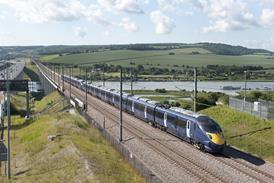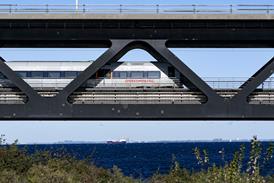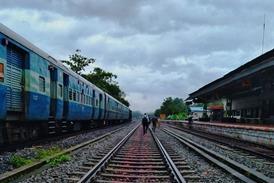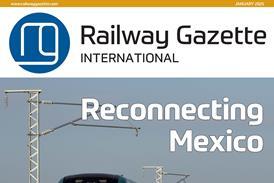
SWEDEN: Infrastructure manager Trafikverket expects to start procurement this month for the construction of the Ostlänken high speed line. On February 1 national consultation agency Sverigeförhandlingen began the formal consultation process with local authorities over the preferred route and location for the intermediate stations.
Outlining the planned procurement strategy on January 28, Trafikverket’s Head of Procurement Johan Sundin and Head of Construction Otto Andersson confirmed that briefing meetings with construction consortia will begin this month ahead of the formal tendering. Construction of the line is expected to get underway in 2017.
Explaining that ‘there will probably not be enough resources within Sweden for a project of this size’, Sundin said the work would be split into approximately 15 packages worth SKr4bn to SKr5bn each. Opening up the project to foreign bidders would enable Sweden to benefit from other countries' experience in building high speed lines, he added.
The packages will be split by geography, size and technology content. All of the construction work in each geographical area will be bundled into one contract, but the electrification, signalling and telecommunications will be procured separately from specialist contractors.
Running from Järna, west of Södertälje, to rejoin the southern main line at Linköping, the 150 km East Link is envisaged as the first stage of a Y-shaped network which would eventually connect Stockholm, Göteborg and Malmö. The route is being designed for a maximum of 320 km/h.
Five intermediate stations are envisaged. A multimodal interchange is to be developed near the village of Vagnhärad, serving the municipality of Trosa, while ‘transport hubs’ on new sites will replace the existing stations at Norrköping and Linköping. Around Nyköping the line will split into two, with the trunk route running via a station at Skavsta Airport and a secondary spur serving an interchange at the existing city-centre station. New stations are also envisaged at Tranås and Jönköping which would be served by a later stage of the high speed route.
Norrköping Mayor Lasse Stjernkvist welcomed the news that ‘so many municipalities’ would have stations, making it easier to travel within the region as well as reaching the three metropolitan centres. The new line would also release capacity on the existing network to accommodate more short-distance services, he anticipated. The city is planning its new housing development around the rail link, explained municipal development co-ordinator Ulf Arumskog, although he expressed concern that the government was still expecting local authorities to co-finance national infrastructure projects.




















